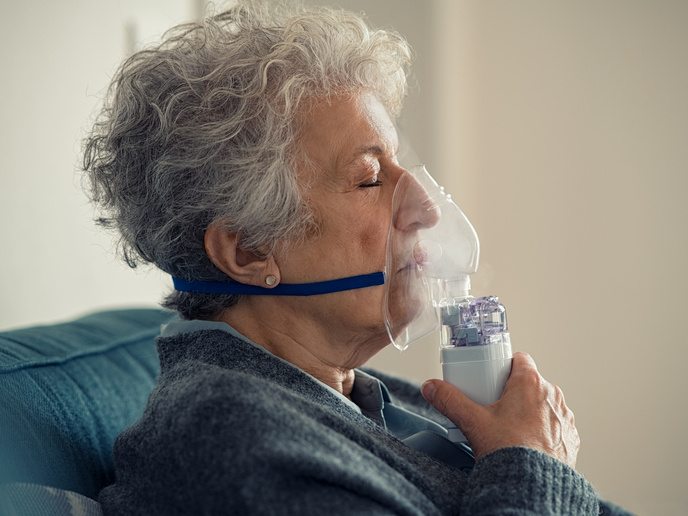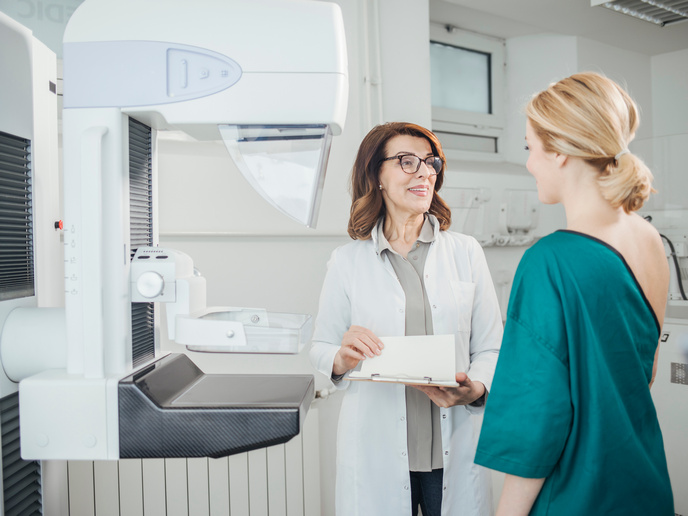The future of lung infection therapy is bright
Chronic lung infections are a major health concern, particularly for individuals with underlying conditions like cystic fibrosis or chronic obstructive pulmonary disease. These infections are often caused by bacteria that can persist in the lungs, leading to prolonged inflammation, tissue damage and reduced lung function. One of the most pressing challenges in managing chronic lung infections is resistance to standard antibiotics. Antibiotic resistance limits the effectiveness of traditional treatments, leaving patients vulnerable to recurrent and difficult-to-treat infections. This growing resistance has sparked an urgent need for innovative therapies to combat persistent lung infections and prevent further health complications.
Blue light-emitting particles
The EU-funded LIGHT4LUNGS project has designed a revolutionary treatment for chronic lung infections based on light-emitting particles. “The LIGHT4LUNGS approach leverages the bactericidal properties of blue light to kill bacteria in the lungs,” explains project coordinator Santi Nonell. Under laboratory conditions, blue light is known to disrupt bacterial processes by activating natural molecules known as endogenous photosensitisers that in turn trigger a process known as the photodynamic effect. This effect leads to the local production of cytotoxic reactive oxygen species that can damage and kill the bacteria. However, harnessing this effect for the treatment of lung infections required an innovative light-delivery mechanism. The light-emitting particles used by LIGHT4LUNGS bypass the need for external light sources or invasive procedures, offering a patient-friendly solution. Once activated outside the body, these particles are administered to patients in the form of an aerosol. Upon inhalation, the particles reach the lungs, where they continue to emit therapeutic blue light. The light emission process lasts until the stored energy is exhausted, at which point the particles are either naturally expelled through exhalation or eliminated by the lung’s immune system.
Preclinical efficacy and improvements
The team has demonstrated the efficacy of the particles in vitro against pathogenic bacteria derived from cystic fibrosis patients. Moreover, the particles are safe to use in the lungs of animals with no adverse side effects. Although this proof-of-principle study is a crucial step towards translating the technology into clinical practice, further tests are required to assess the full efficacy of the particles in living organisms. Another key area for improvements involves increasing the light storage capacity of the particles, enabling them to emit higher doses of therapeutic blue light and thus reduce the treatment duration. “This improvement is analogous to enhancing the capacity of batteries; the more light energy the particles can store, the more effectively they can emit blue light within the lungs,” highlights Nonell.
At-home particle administration
Much like inhaler-based therapy, the team envisions the particles to be self-administered by patients, minimising the need for hospitalisation. This approach represents a major advancement over existing treatments for chronic lung infections, which often require frequent hospital visits and the use of intravenous antibiotics. Self-administration is a particularly appealing feature for patients with cystic fibrosis or other chronic lung diseases, who are already accustomed to managing their conditions with inhalers. The ease of use and potential for administration at home would greatly enhance patients’ quality of life while reducing the burden on healthcare systems.
Keywords
LIGHT4LUNGS, lung infection, blue light, light-emitting particles, cystic fibrosis, antibiotic resistance, aerosol







